420LC Tool Steel - 1.2099 - ~X5CrS12 - Technical Data
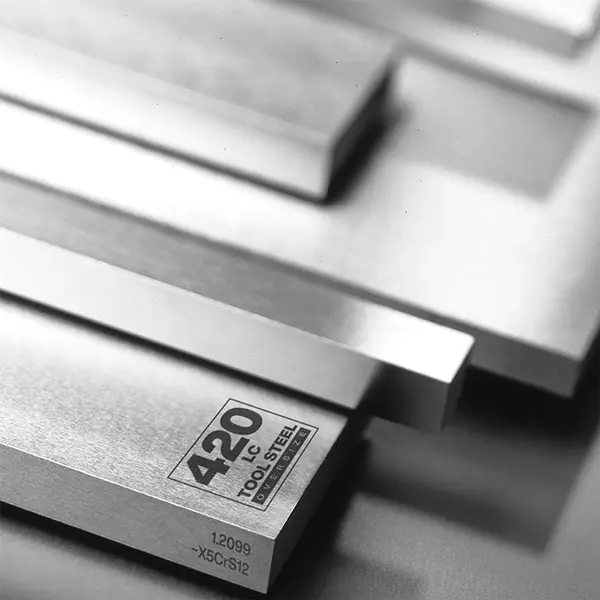
420LC Tool Steel - 1.2099 - ~X5CrS12 - Technical Data
Back to Steel Overview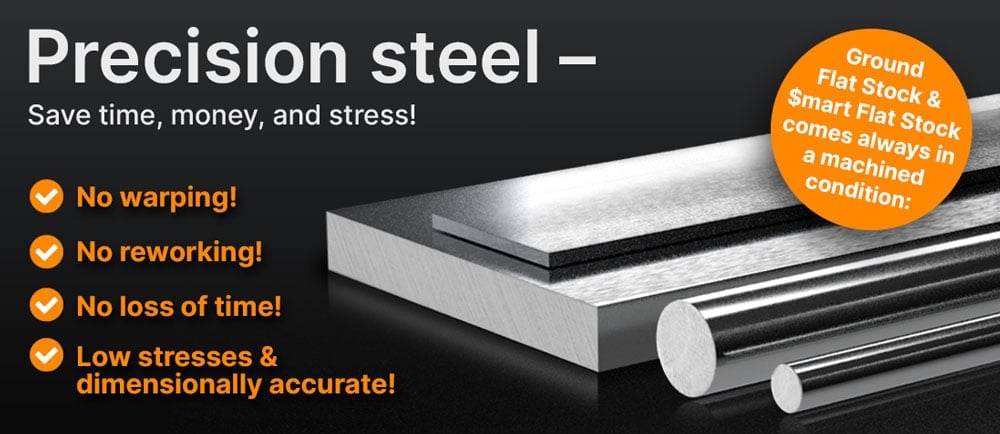
420 LC STEEL PRICE CHART
420 LC STANDARD VALUES
C
Si
Mn
S
Cr
Ni
~X5CrS12
approx. 33 HRC (delivery condition)
max. 330 HB
~X5CrS12
approx. 33 HRC (delivery condition)
max. 330 HB
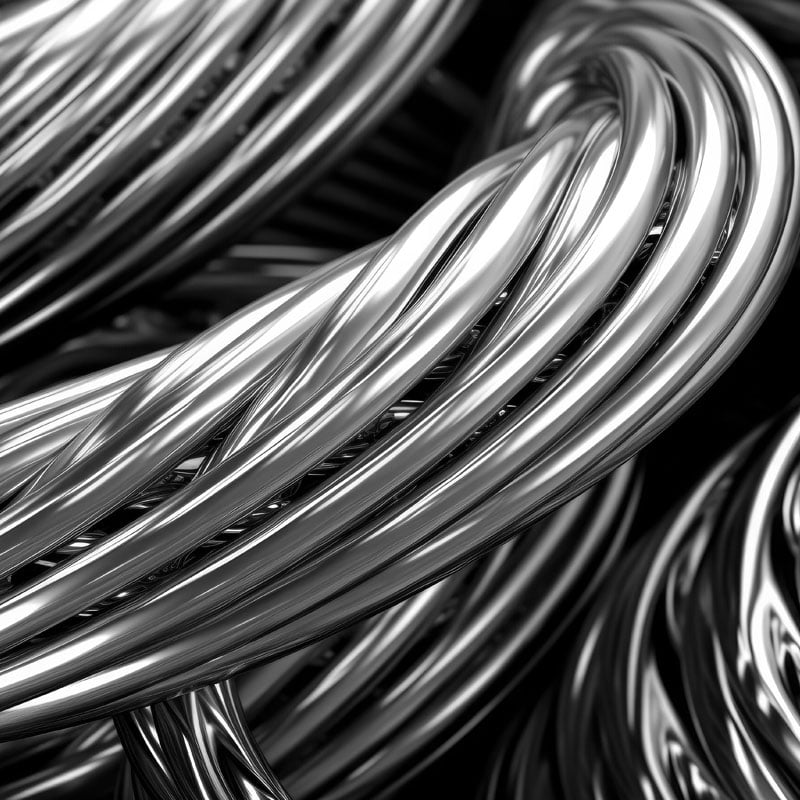
420 LC PHYSICAL PROPERTIES
420 LC a pre-hardened, corrosion resistant plastic mold steel is magnetic in its annealed and hardened condition, showing improved machinability and corrosion resistance compared to 420 FM.
It is noted for its high dimensional stability and consistent hardness in all cross sections as well as its good compressive strength, heat conductivity and weldability. For this tool steel grade, further heat treatment is not intended.
On a scale where 1 is weak and 6 is good, the corrosion resistance for 420 LC stands at 6.
420 LC TECHNICAL PROPERTIES
Though the 420 LC has some of those properties others are too low, like the edge retention for example, to make a good quality knife.
Typically the density of 420 LC tool steel is 0.278 lb/in3 (7.7g/cm3) at room temperature.
The thermal conductivity for tool steel 420 LC is at 23.9 W/(m*K) (166 BTU/(h-ft*°F)) at room temperature.
Medium thermal expansion coefficient | |
10-6m/(m • K) | At a temperature of |
10.25 | 68 - 212°F |
10.72 | 68 - 392°F |
11.14 | 68 - 572°F |
11.58 | 68 - 752°F |
12.02 | 68 -932°F |
The specific heat capacity of the 420 LC tool steel at room temperature is at 0.46 J/g-°C (0.109 BTU/lb-°F).
This value shows how much heat is needed to heat 1lb of material by 1 Fahrenheit.
Table of the specific electrical resistivity | |
Value | At a temperature of |
0.65 (Ohm*mm²)/m | 68°F |

PIONEERING!


420 LC PROCEDURE
If it is necessary to heat treat the 420 LC to a higher hardness see “Hardening” below. Higher hardness does reduce toughness and hardenability for this steel grade though.
Heat the parts uniformly to a temperature of 1922°F (1050°C) and hold it for half an hour. To prevent decarburization and oxidation the material should be protected during the hardening process.
Cooling the 420 LC in oil, care should be taken that the rate of cooling is not as fast as to distort or crack the material.
As soon as the material has been cooled down to 120 - 160°F (50 - 70°C) it should be tempered.
• Oil
Double temper the 420LC workpieces for a minimum of 2 hours directly after hardening.
420 LC SURFACE TREATMENT
420 LC PROCESSING
On a scale where 1 is weak and 6 is good, the machinability of 420 LC reaches a score of 6.
420 LC can be welded without pre or post heating. Fillers should be similar to the chemical composition and mechanical properties of the base metal.
No over-hardened heat affected zones are developed around the weld material. As a result, the risk of weld-induced cracking during repairs or later in operation is eliminated.
If large weld repairs are done it is recommended to reduce residual stresses by stress relieving the parts at a maximum temperature of 896°F (480°C).
420 LC APPLICATION OPTIONS
420 LC is used for mold assemblies, mold frames, corrosion resistant tools, basic components but also for tools with high cutting volumes. It can be used for hot runners, support plates, for aggressive plastics, in humid climates and in environments building condensation.
• Mechanical engineering
• Apparatus engineering
• Plastic processing
• Injection tools
• Base plates
• Assembling parts
• Molding frames
• Plastic molds
• Extrusion tools
• Valves
• Steam valves
• Water valves
• Fittings parts
• Pump construction
• Pump rods
• Compressor construction
• Compressor parts
• Surgical instruments
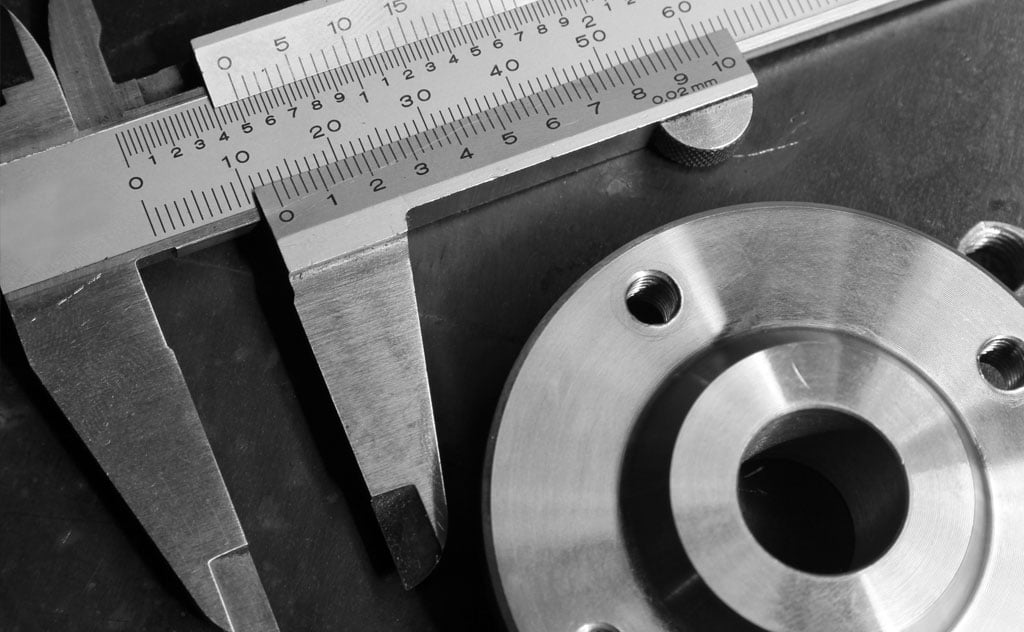
420 LC CONCLUSION
Practically, this means:
- Uniform strength
- For environments with high humidity
- Good weldability
- Is magnetic
- Is low-distortion
- Not suitable for nitriding and eroding
- Working hardness of 33 HRC in delivery condition
We offer this steel as 420 LC Flat Stock.
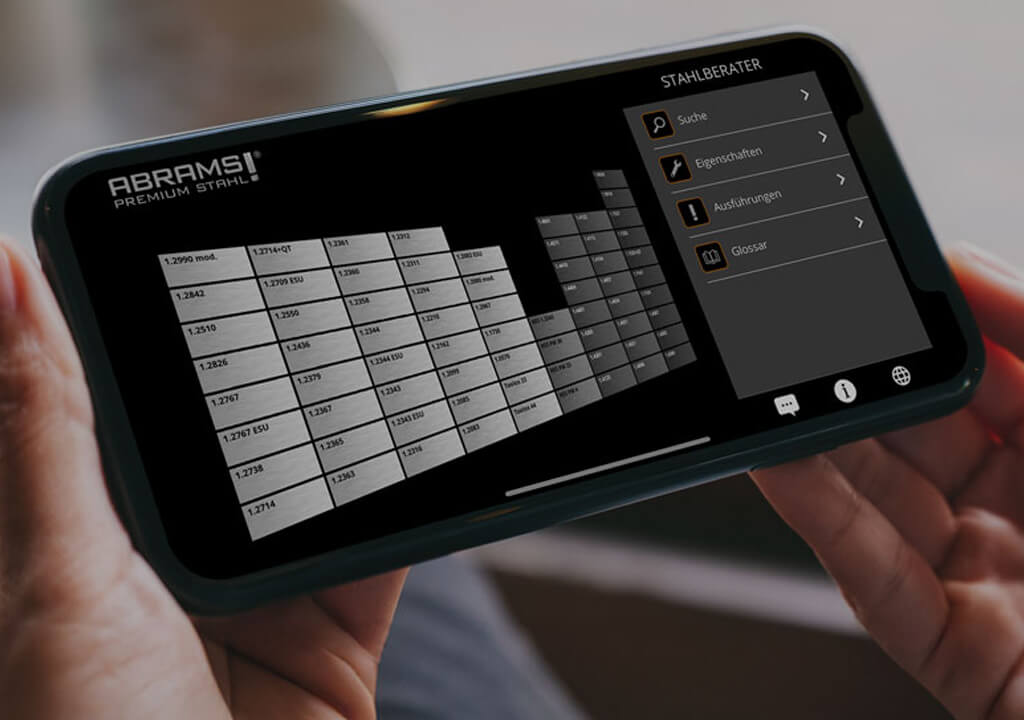
420 LC ALTERNATIVES
Are you looking for an alternative steel grade?
WE HAVE THE SOLUTION!
With the ABRAMS STEEL GUIDE, you can obtain an alternative or equivalent steel grade with just a few clicks.
420 LC DATASHEET
Download the technical data sheet in PDF format here.

The data shown here has been compiled with the greatest diligence and is regularly updated with regard to the correctness and completeness of its content. The content is indicative only and should not be taken as a warranty of specific properties of the product described or a warranty of suitability for a particular purpose. All information presented is given in good faith and no liability will be accepted for actions taken by third parties in reliance on this information. ABRAMS Industries reserves the right to change or amend the information given here in full or parts without prior notice.

